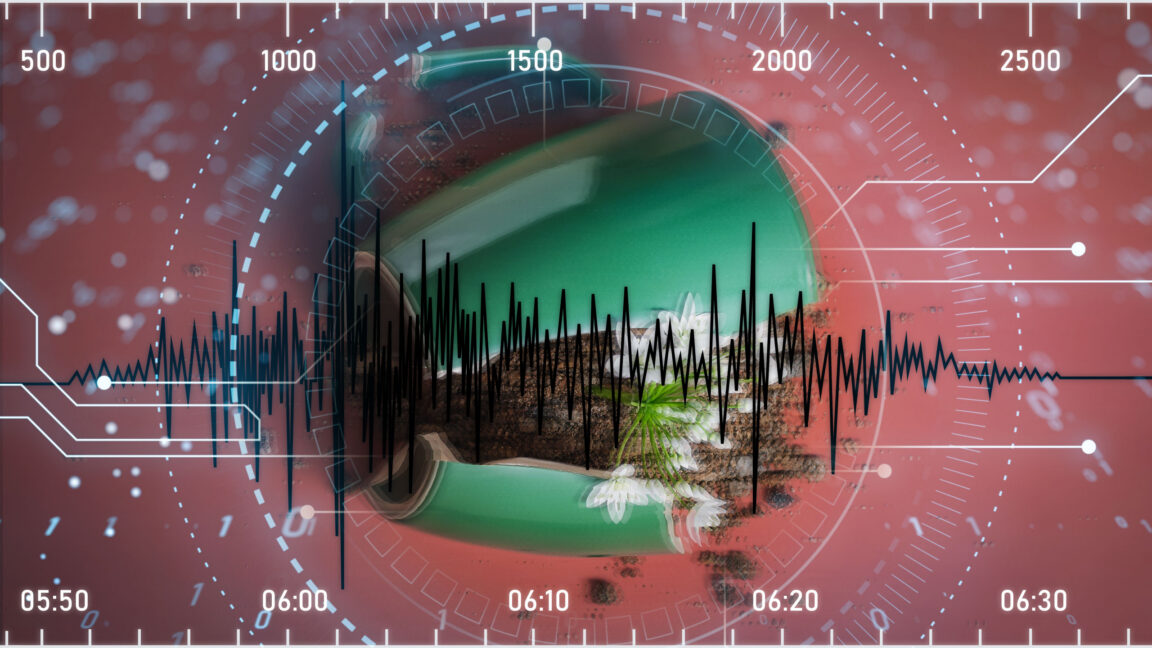
"On January 1, 2008, at 1:59 AM in Calipatria, California, an earthquake happened. You haven't heard of this earthquake; even if you had been living in Calipatria, you wouldn't have felt anything. It was magnitude -0.53, about the same amount of shaking as a truck passing by. Still, this earthquake is notable, not because it was large but because it was small-and yet we know about it."
"These machine learning tools can detect smaller earthquakes than human analysts, especially in noisy environments like cities. Earthquakes give valuable information about the composition of the Earth and what hazards might occur in the future. "In the best-case scenario, when you adopt these new techniques, even on the same old data, it's kind of like putting on glasses for the first time, and you can see the leaves on the trees," said Kyle Bradley, co-author of the Earthquake Insights newsletter."
AI-based computer imaging has almost completely automated earthquake detection over the past seven years. Machine learning models now detect much smaller earthquakes than human analysts, with particular gains in noisy urban environments. Detection of small earthquakes provides valuable data on Earth's composition and potential future hazards. Applying these techniques to existing datasets reveals previously hidden events, substantially increasing detected seismicity. Many other seismic data-processing tasks remain to be transformed, and the largest potential impacts—such as reliable earthquake forecasting—have not yet been realized. The transition is substantial and continues to evolve.
Read at Ars Technica
Unable to calculate read time
Collection
[
|
...
]